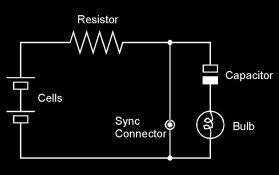This question has to have been asked and answered time and time again but for the life of me I can't find anything on the subject. I apologize if this has been answered before.
Anyway, is there any resource that describes using modern batteries in vintage flash units that used flash bulbs?
I have an Argus C3 with flash unit thats been sitting in my collection for a while and I did some work getting it back to prime condition and I'd really like to take this out and use it with some flash bulbs in the flash unit. Now I know nothing about batteries or battery equivalents. The battery compartment of the flash unit appears to take 2 batteries the size of modern C batteries. Is the solution so simple that I can just use modern C batteries?? I don't want to damage anything so I've not tried putting modern batteries in the unit yet.
If someone could let me know what batteries I can use and what bulbs I can use in the flash unit it would be very much appreciated. Thanks!
Anyway, is there any resource that describes using modern batteries in vintage flash units that used flash bulbs?
I have an Argus C3 with flash unit thats been sitting in my collection for a while and I did some work getting it back to prime condition and I'd really like to take this out and use it with some flash bulbs in the flash unit. Now I know nothing about batteries or battery equivalents. The battery compartment of the flash unit appears to take 2 batteries the size of modern C batteries. Is the solution so simple that I can just use modern C batteries?? I don't want to damage anything so I've not tried putting modern batteries in the unit yet.
If someone could let me know what batteries I can use and what bulbs I can use in the flash unit it would be very much appreciated. Thanks!








 Lesson learned! Never look at the bulb especially not that close!
Lesson learned! Never look at the bulb especially not that close!


